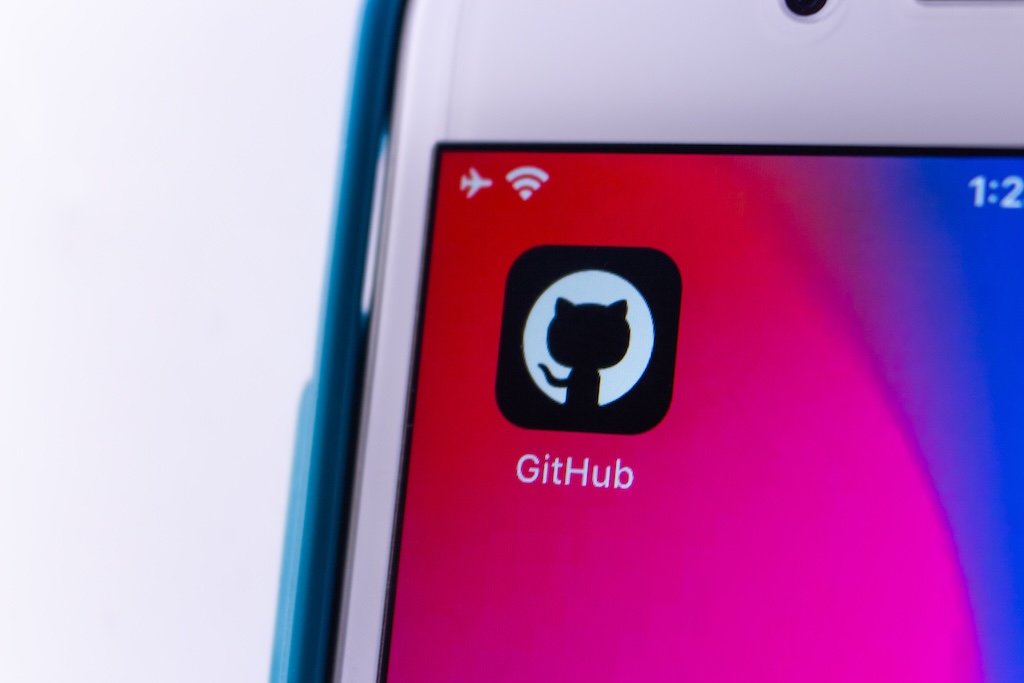
In the dynamic realm of Microsoft Fabric Data Analytics, mastering development workflows and refining data analytics processes are pivotal for organizational success. One essential tool in this landscape is Git integration—a powerful solution that enhances collaboration and version control within Microsoft Fabric and Power BI.
Git integration serves as the backbone for streamlined collaboration and version control within Microsoft Fabric and Power BI environments. It empowers teams to work together seamlessly, enabling them to track changes, manage versions, and coordinate efforts effectively.
At its core, Git integration allows users to manage their project files, including datasets, reports, and other content, using version control principles. This means that every change made to the project is tracked, allowing for easy identification of modifications and the ability to revert to previous versions if needed.
Moreover, Git integration facilitates collaboration by providing a centralized repository where team members can access and contribute to the project. This ensures that everyone is working with the latest version of the project files and eliminates the risk of conflicting changes.
By leveraging Git integration within Microsoft Fabric and Power BI, organizations can enhance their development workflows and ensure that their data analytics processes are efficient, organized, and effective.
What Is Git Integration?
Git integration with Fabric facilitates seamless collaboration and content management within Microsoft Fabric using source control. It simplifies workflows, accelerates task completion, and minimizes errors by providing a reusable release process for Fabric content. Leveraging Git’s version control capabilities, teams can efficiently track changes, manage versions, and collaborate on Fabric content.
What Is Git Integration Used For?
Git integration is primarily used for version control and collaboration in software development and data analytics projects. It allows teams to track changes, manage versions, and collaborate effectively on projects of any size. Whether safeguarding work, rolling back to previous versions, or sharing content within the Fabric environment, Git integration simplifies complex processes, fostering efficiency and accuracy.
How Does Git Work for Beginners?
Git operates by creating a repository—a storage space for your project’s files and their history of changes. You can then make changes to your files, stage them for commit, and finally commit them to the repository. Git keeps track of every change you make, allowing you to revert to previous versions if needed. With Git integration in Microsoft Fabric, teams can seamlessly manage their project files, track changes, and collaborate effectively within the Fabric environment.
Benefits of Git Integration
- Version Control: Git integration enables precise version control, allowing teams to track changes, manage revisions, and revert to previous versions if necessary. This ensures that project files are always up-to-date and accurately reflect the team’s progress.
- Collaboration: By leveraging Git’s collaboration features, teams can work together seamlessly on Microsoft Fabric projects. Each team member can contribute their changes, review others’ work, and resolve conflicts efficiently, fostering a collaborative and productive environment.
- Workflow Efficiency: Git integration streamlines project workflows, accelerates task completion, and minimizes errors by providing a reusable release process for Fabric content. Teams can easily manage their project files, track changes, and collaborate effectively, leading to improved efficiency and productivity.
- Error Prevention: With Git integration, teams can minimize errors and ensure project accuracy by tracking changes and managing revisions effectively. By having a clear record of project history, teams can identify and resolve issues promptly, preventing costly mistakes and delays.
How Does Git Integration Work?
In Microsoft Fabric, Git integration allows teams to connect their Fabric workspace to an Azure Repo, enabling seamless synchronization of project files and content. This integration streamlines version control and collaboration, allowing teams to track changes, manage versions, and collaborate effectively within the Fabric environment.
Key Features of Git Integration in Microsoft Fabric
- Workspace Connection: Teams can easily connect their Fabric workspace to an Azure Repo through the Power BI interface, enabling seamless synchronization of project files and content.
- Synchronization: Upon connecting, initial synchronization occurs between the workspace and Azure Repo. Teams can choose the direction of the sync, ensuring that project files are accurately reflected in both locations.
- Version History: Git integration in Microsoft Fabric provides a comprehensive version history of project files, allowing teams to track changes, manage revisions, and revert to previous versions if necessary.
- Collaboration Tools: With Git integration, teams can leverage collaboration tools such as pull requests, code reviews, and merge requests to collaborate effectively on project files and content.
Work with P3 Adaptive
Ready to harness the full potential of Microsoft Fabric Data Analytics with seamless integration? Our team of experts specializes in Power BI and Fabric integration, offering tailored solutions to streamline your workflows, enhance collaboration, and drive success in your data analytics projects.
With years of experience in Power BI and Fabric environments, we understand the unique challenges and opportunities they present. Our experts can work closely with you to develop a customized integration strategy that meets your specific needs and maximizes the value of your data analytics initiatives. Reach out and schedule a call today.
Get in touch with a P3 team member